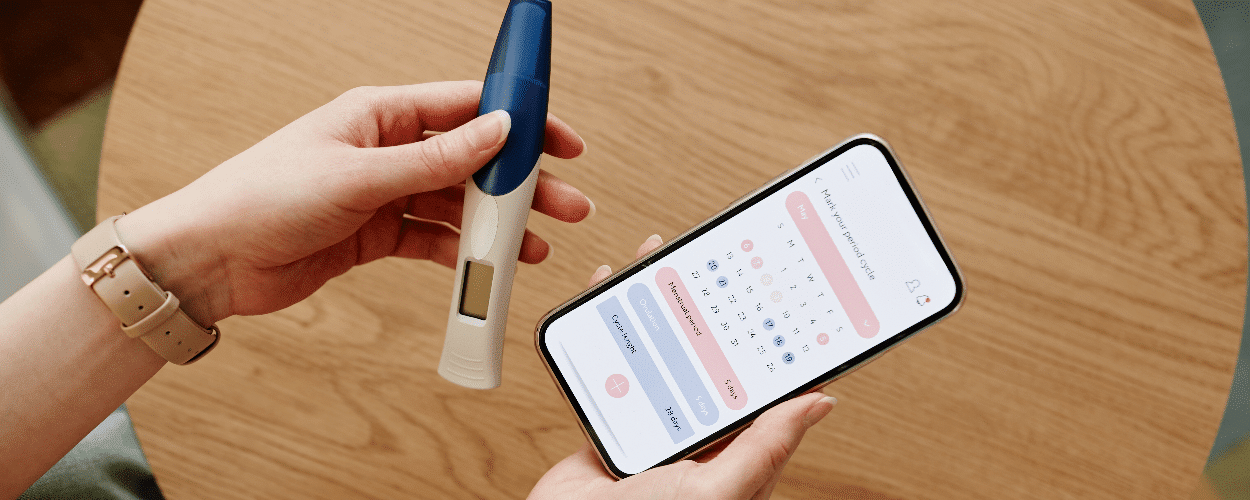"Fertility Tracking 101: Understanding Methods and Benefits"
“Tracking fertility is a crucial step in family planning and conception, and there are various effective methods to do so. The following are some of the most widely used methods:
1. Basal Body Temperature (BBT) charting: This method measures your body temperature upon waking up every morning to track a slight increase in temperature that occurs after ovulation.
2. Cervical mucus monitoring: By examining changes in mucus color, amount, and consistency, you can detect when ovulation is approaching.
3. Ovulation Predictor Kits (OPKs): These kits detect surges in Luteinizing Hormone (LH), which occurs before ovulation, indicating the most fertile time for conception.
4. Fertility apps: These apps are designed to track menstrual cycles, ovulation and other fertility-related data.
5. Fertility monitors: These devices measure hormone levels in your urine to track ovulation and fertility.
6. Fertility tracking wearable devices: These devices involve wearable sensors that track menstrual cycles, such as temperature and movement, using algorithms to predict fertility.
It’s worth noting that every person’s cycle is unique, and no method can guarantee 100% accuracy in tracking your fertility. We recommend combining multiple methods to obtain the most accurate and complete picture of ovulation and fertility. Consulting with a doctor or fertility specialist is an essential step towards personalized recommendations for tracking fertility.”
One reply on ““Fertility Tracking 101: Understanding Methods and Benefits””
Leave a Reply
You must be logged in to post a comment.










[…] 30s are still a fertile decade for many—but fertility gradually starts to decline after age 35. Hormones can fluctuate, and lifestyle stressors (hello, […]